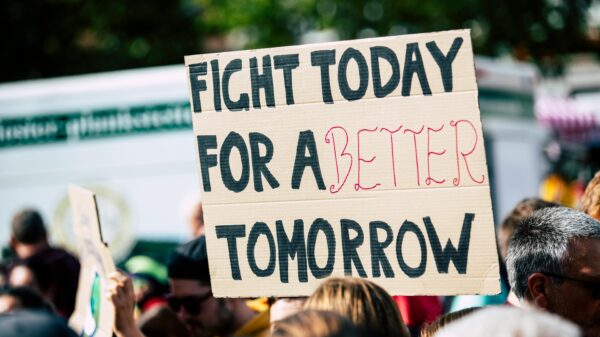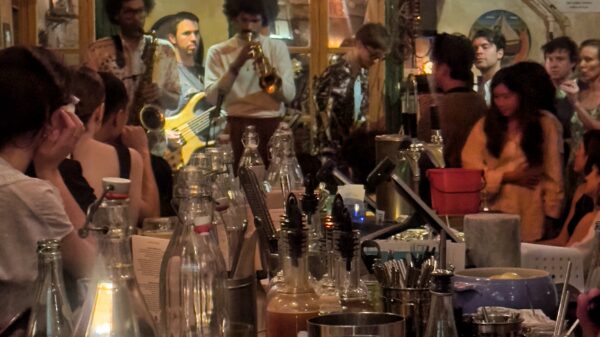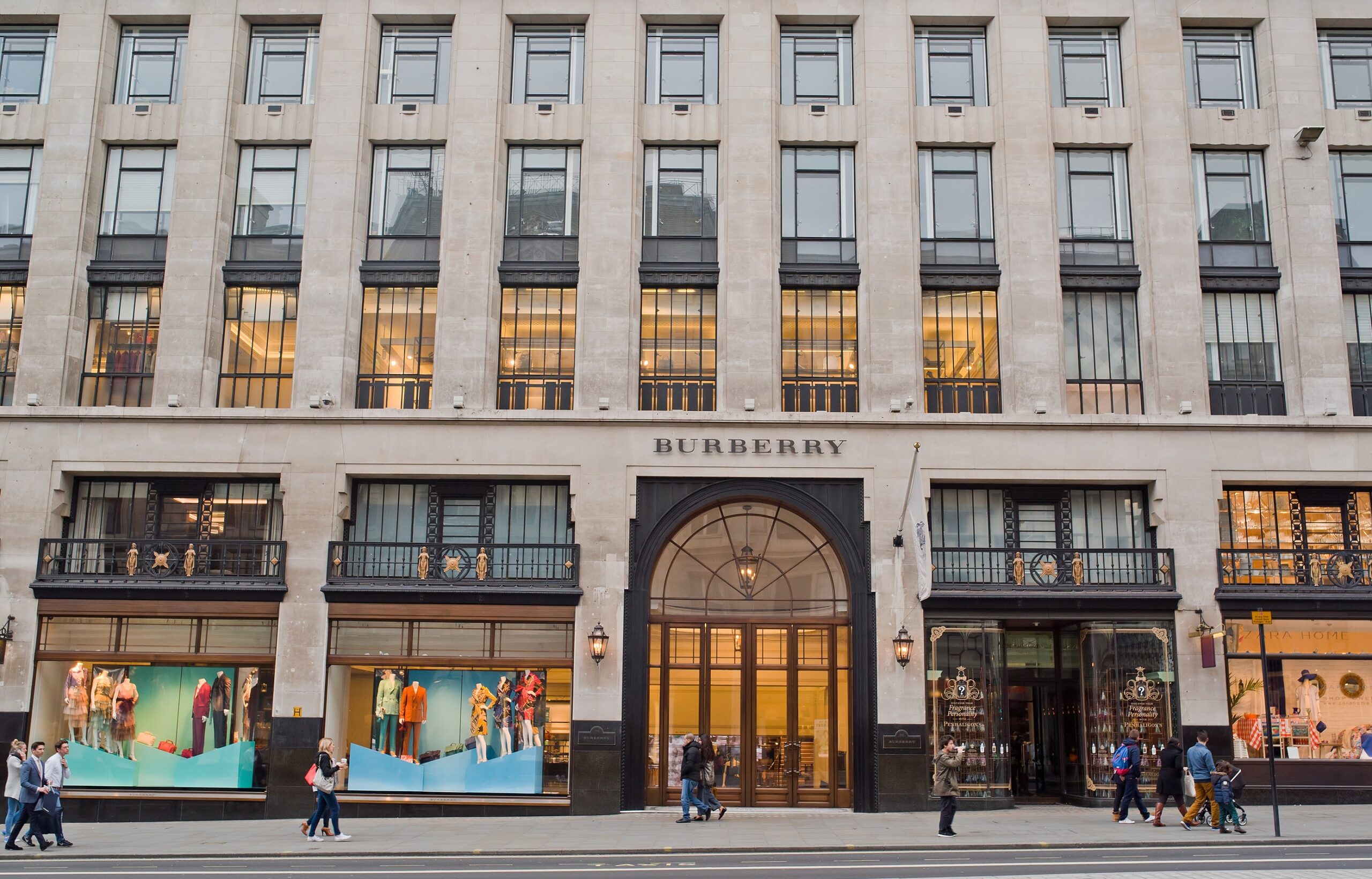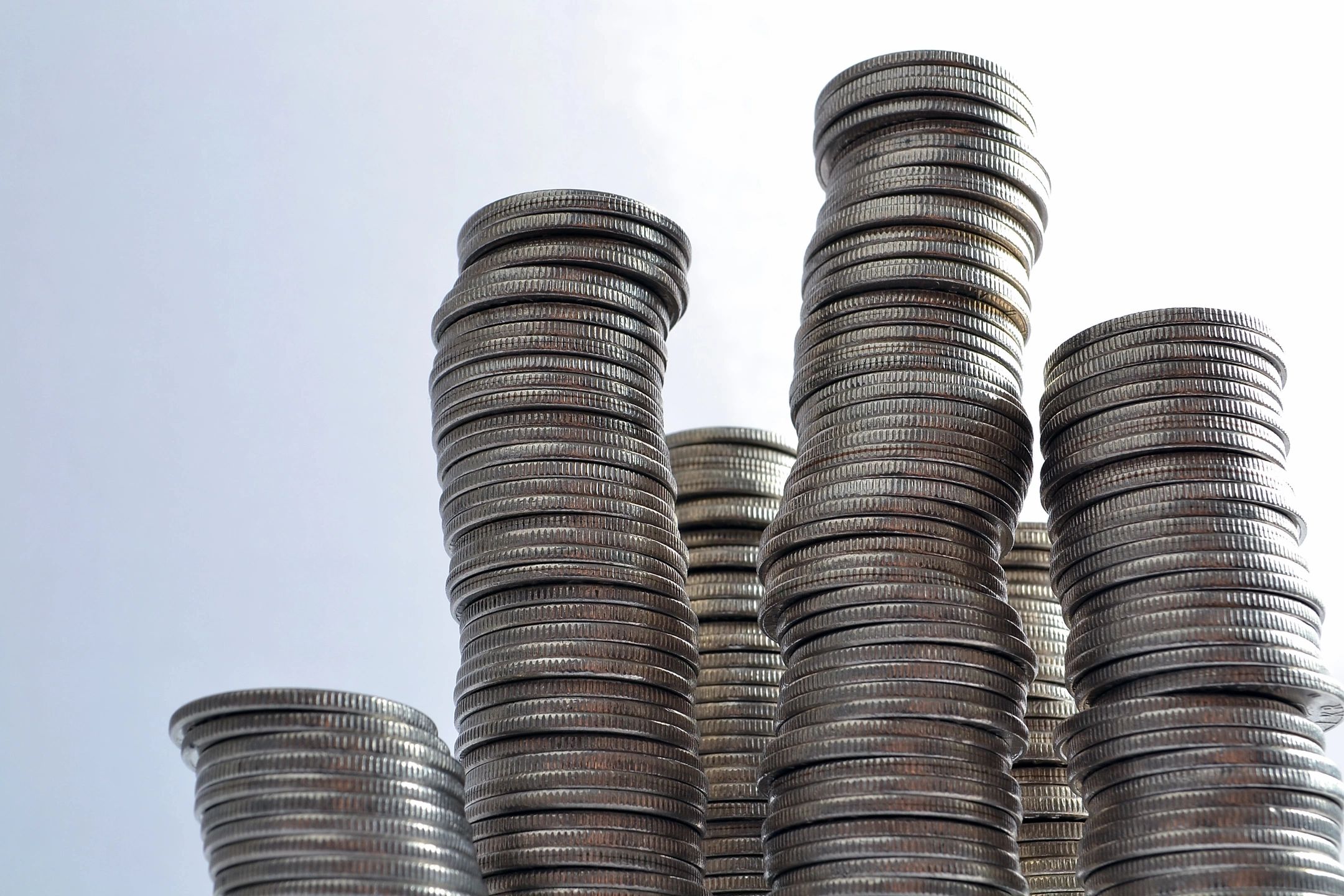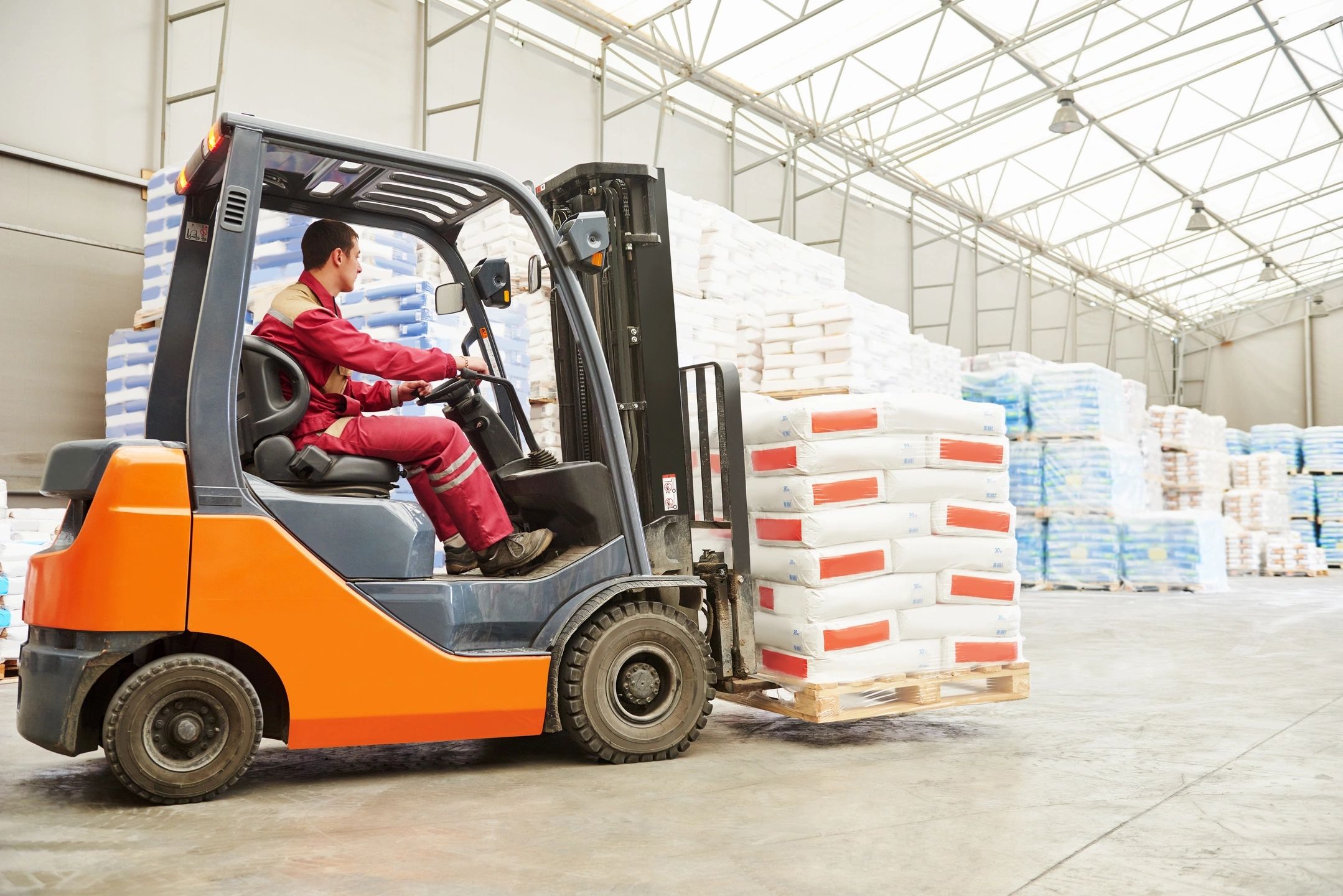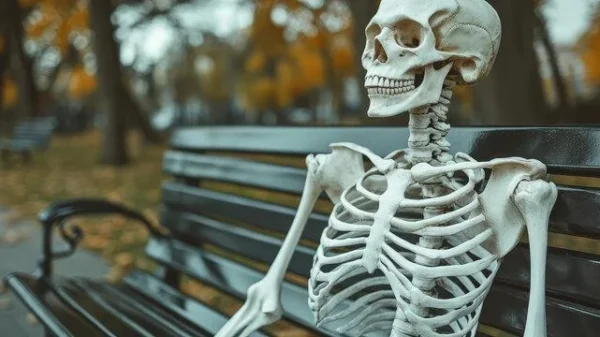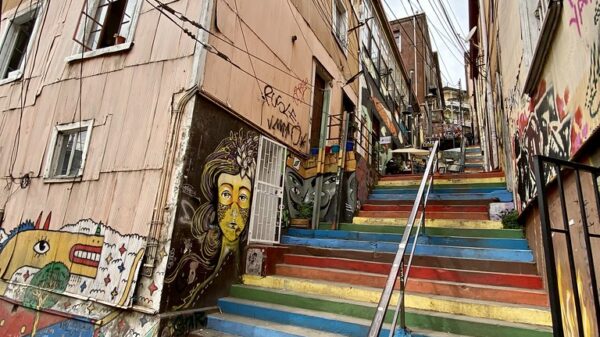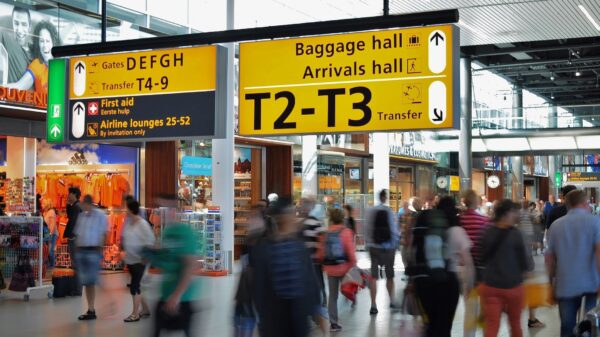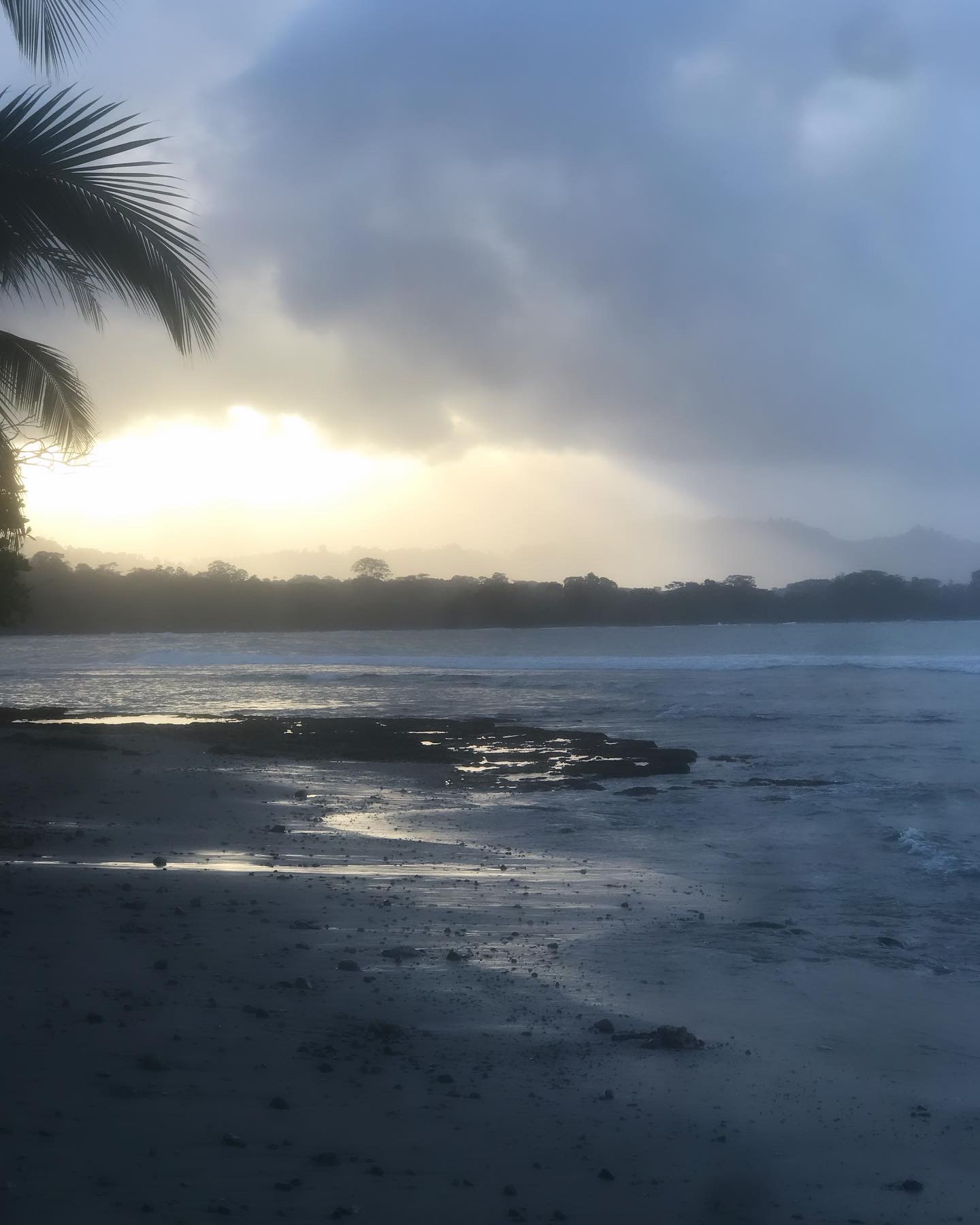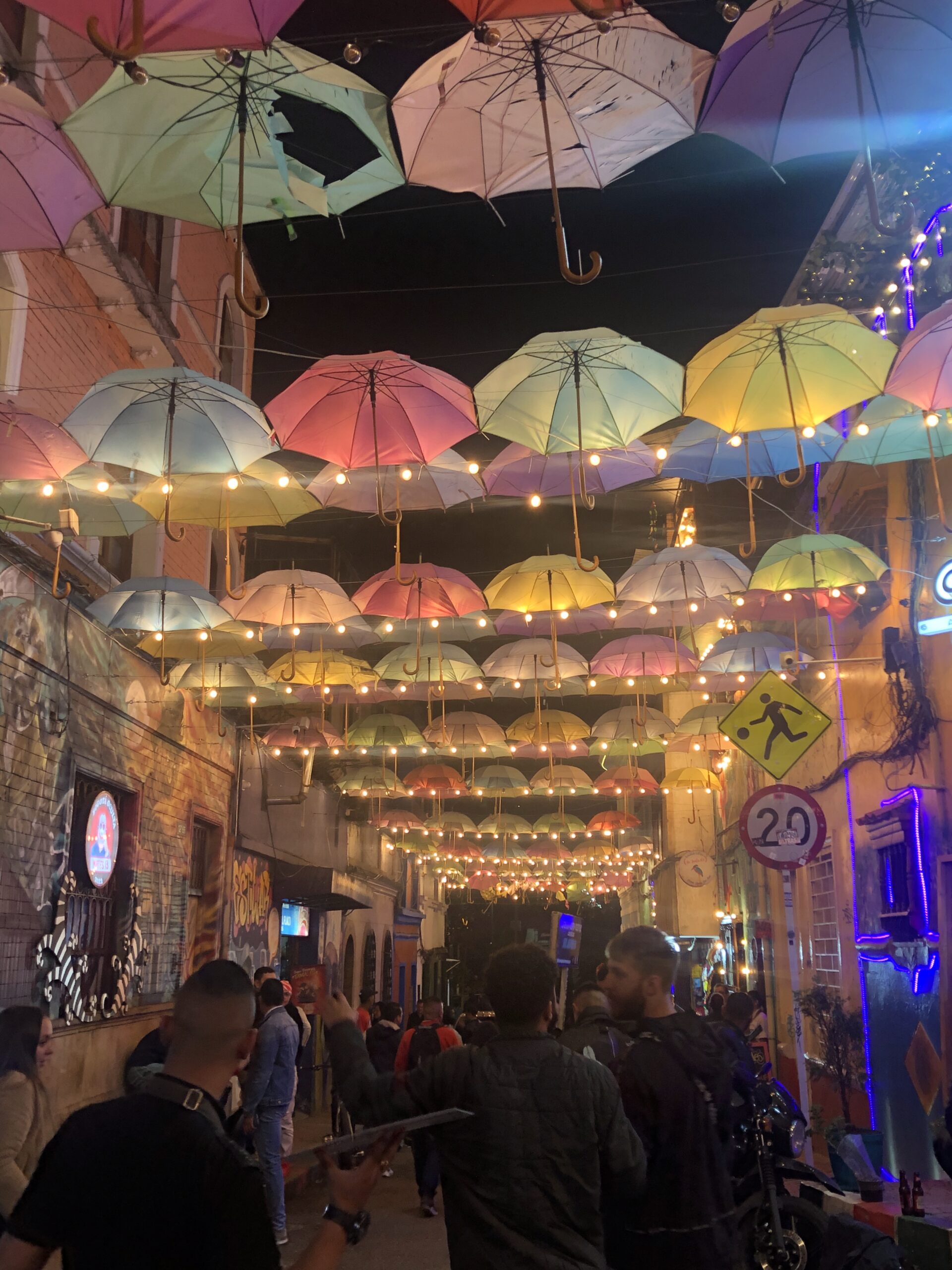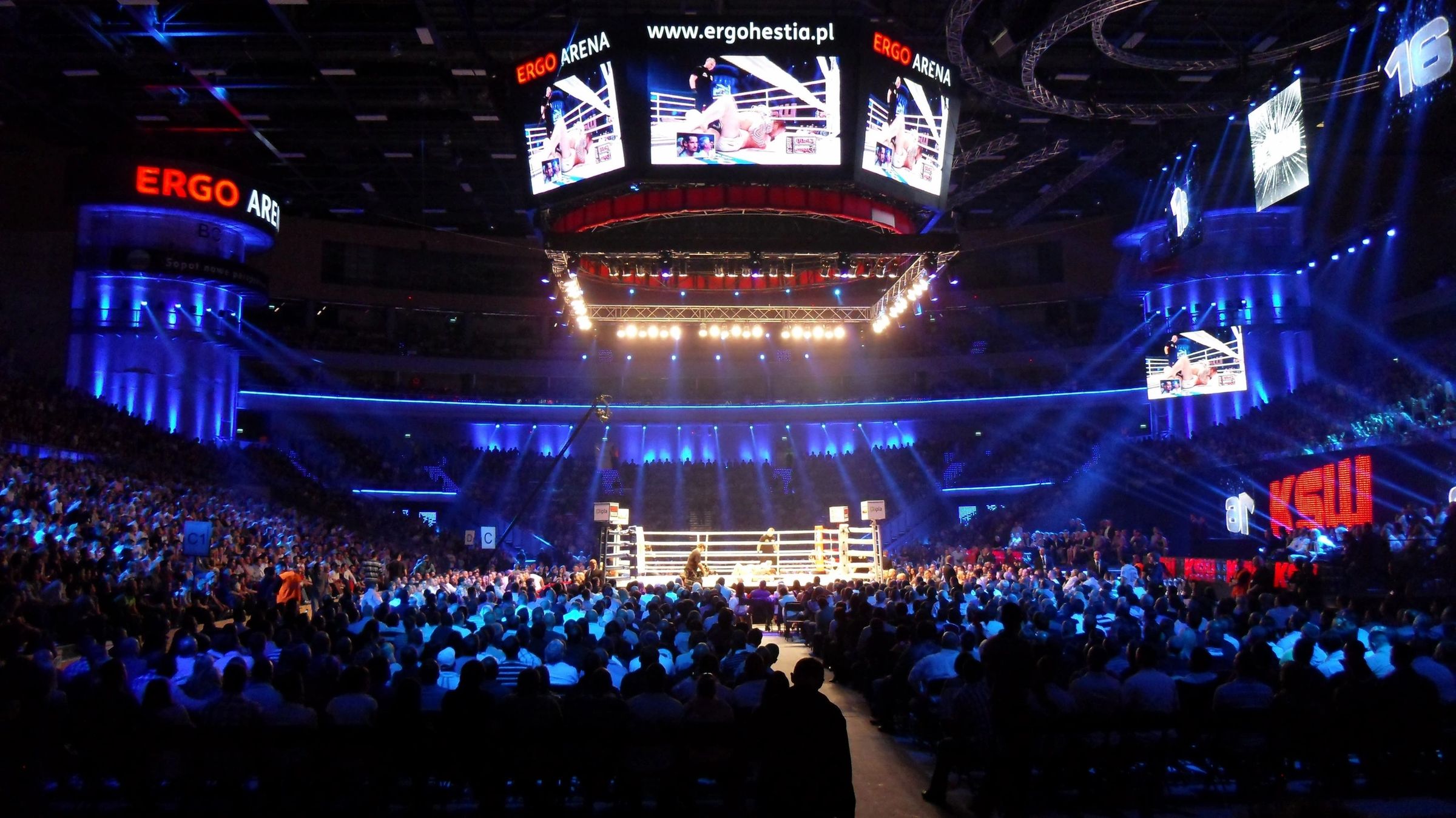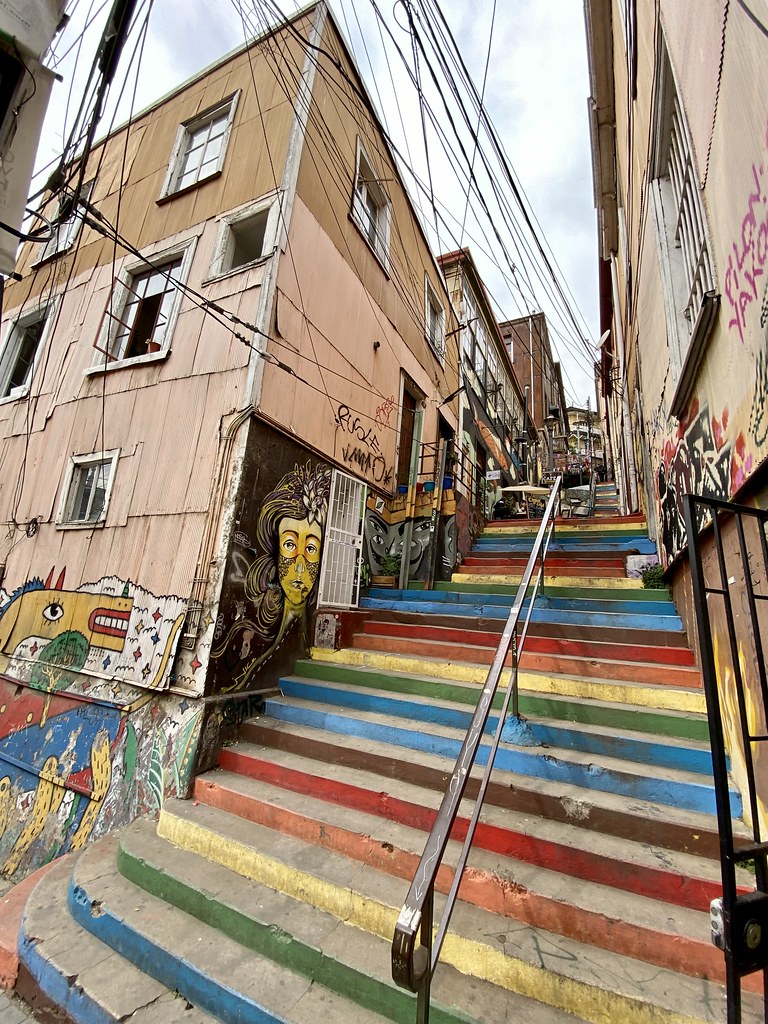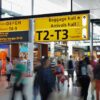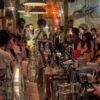Valparaíso, Chile—often called the “Jewel of the Pacific”—is a city steeped in color, contradiction, and cultural power. Once a thriving port and political hub, it has evolved into a symbol of artistic resistance and historical memory. The city’s hills, staircases, and alleyways pulse with murals that tell the story of Chile: from colonial trauma and indigenous resistance to globalization and modern diplomacy.
Street Art as Political Protest
Valparaíso is internationally celebrated for its street art scene—where public walls double as platforms for protest, memory, and national identity. Murals across neighborhoods like Cerro Alegre and Cerro Concepción confront themes such as social justice, economic inequality, and Chile’s relationship with foreign powers. The Museo a Cielo Abierto de Valparaíso—an open-air museum—features striking works by artists like Alejandro “Mono” González, who’s known for muralism that speaks truth to power.
Urriola Street remains a standout destination. One of its most talked-about murals, perched atop the Fischer Stairs, presents a black-and-white chronicle of Chile’s socio-political reality—including depictions of U.S. President Donald Trump, whose policies have reshaped Chile’s diplomatic landscape. In another mural nearby, local artists Fran and Frisura showcase a haunting female portrait that mirrors the intensity and emotional depth of Chile’s ongoing social movements.
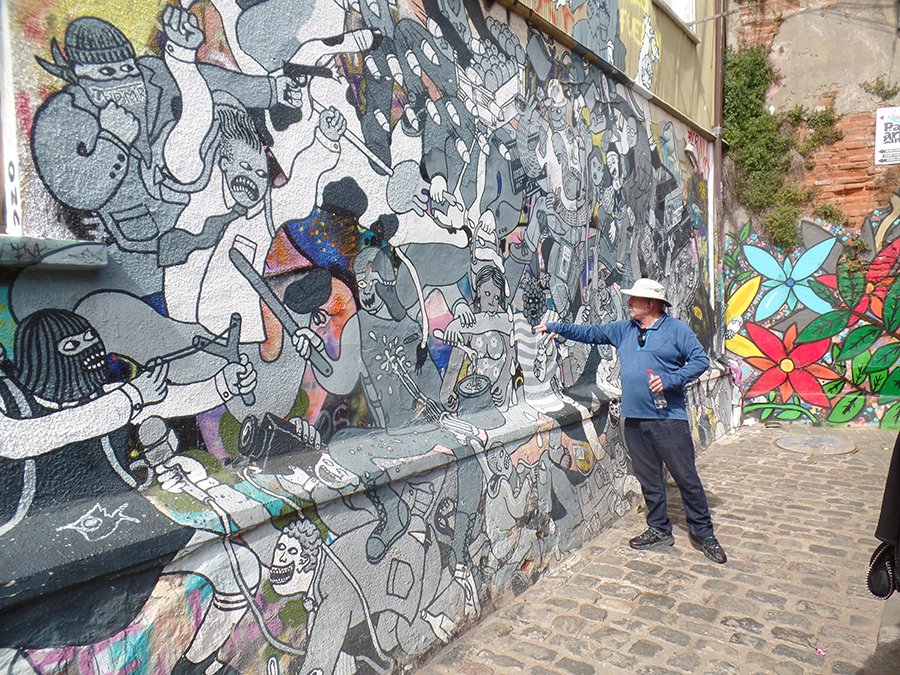
Trump, Tariffs, and Chile’s Diplomatic Balancing Act
In recent years, U.S. foreign policy under Trump—particularly the revival of the Monroe Doctrine—has applied new pressure on Latin America. Chile, a country with complex trade ties, has felt this tension. A 10% tariff on exports like wine, fruit, and salmon disrupted key industries. Though copper was initially exempt, looming threats of additional tariffs sparked alarm, given that Chile is the world’s top copper exporter.
Chile’s government responded swiftly, advocating for copper’s importance to global supply chains and warning of economic destabilization if trade relations continue to strain. The backdrop of such geopolitical maneuvering adds weight to the messages conveyed in Valparaíso’s murals—art and politics are never far apart here.
Despite the diplomatic headwinds, Valparaíso continues to shine. With its bohemian neighborhoods, vibrant music culture, and institutions like the National Council of Culture and the Arts, the city remains a beacon of creativity, resistance, and hope. It’s a living, breathing museum—and absolutely worth a visit.

